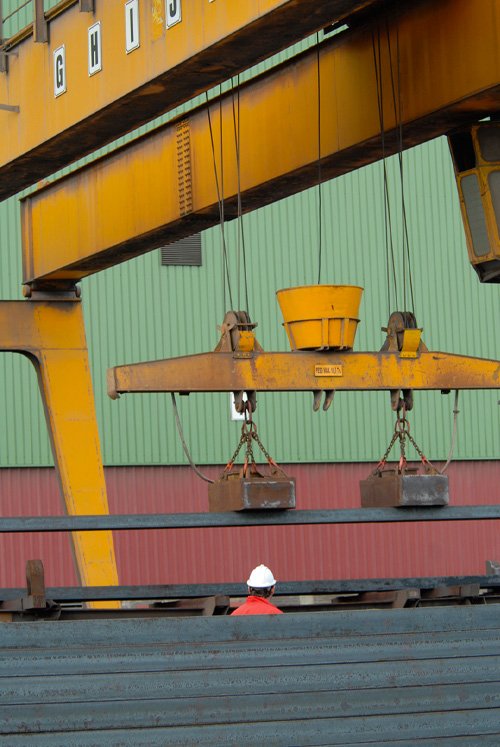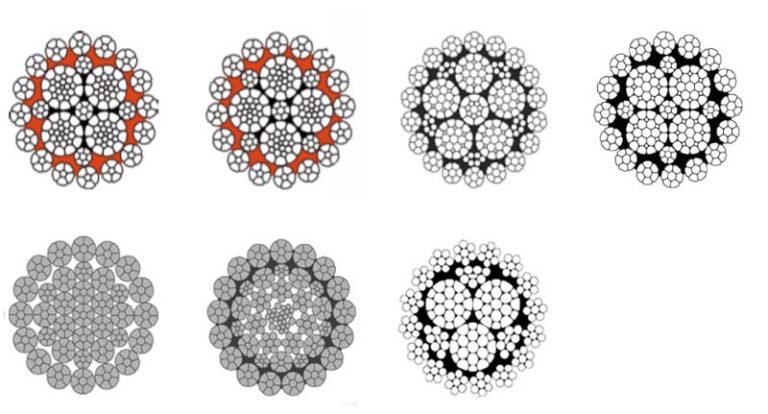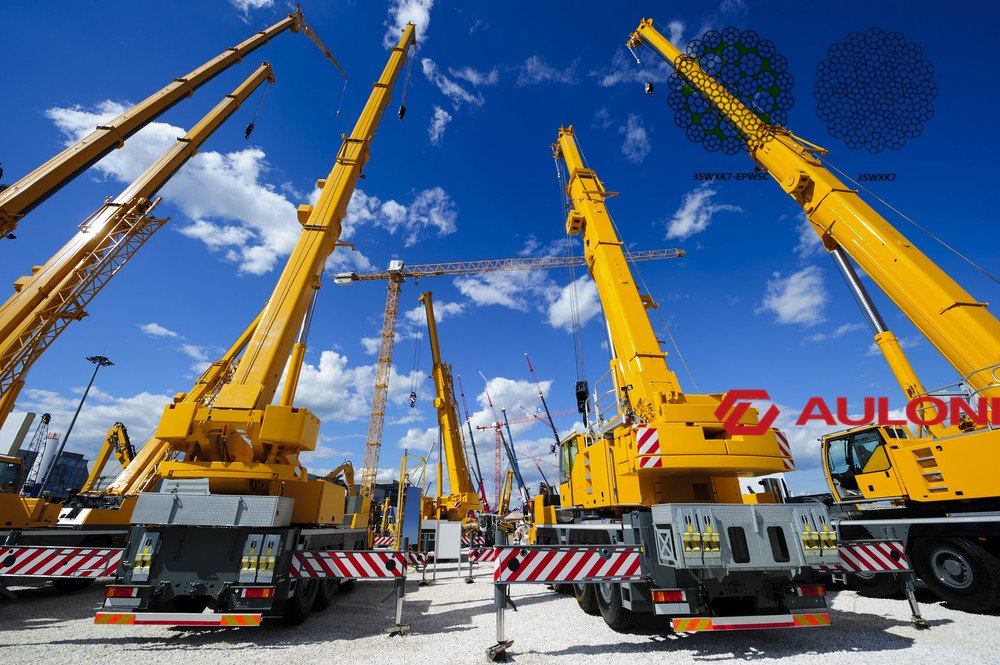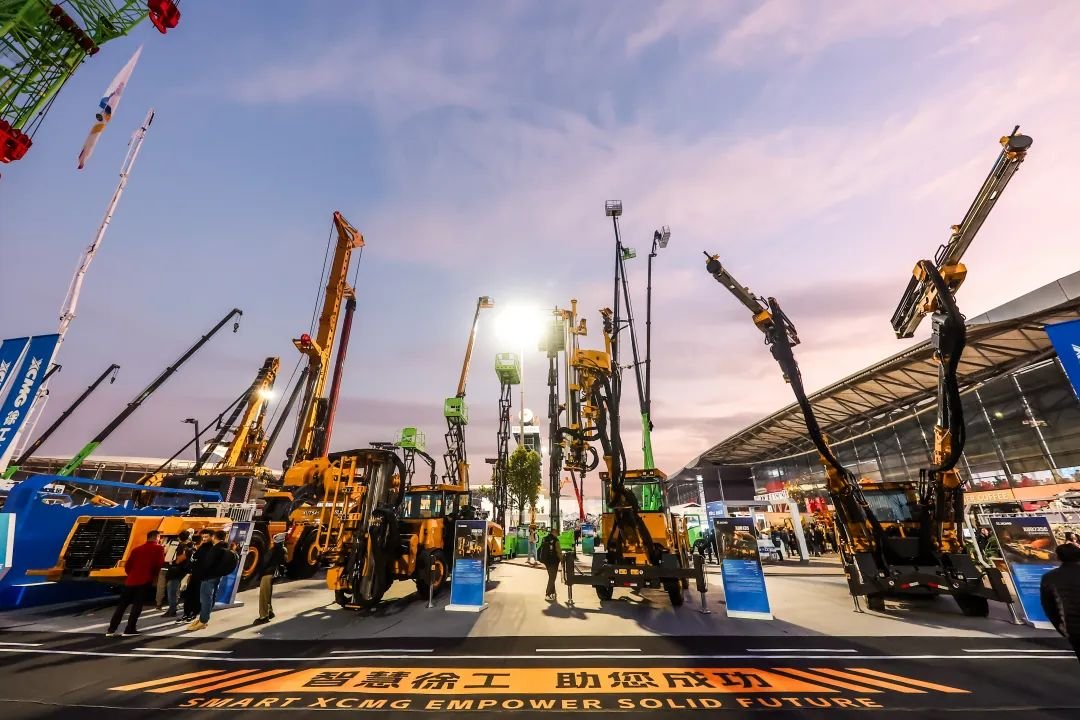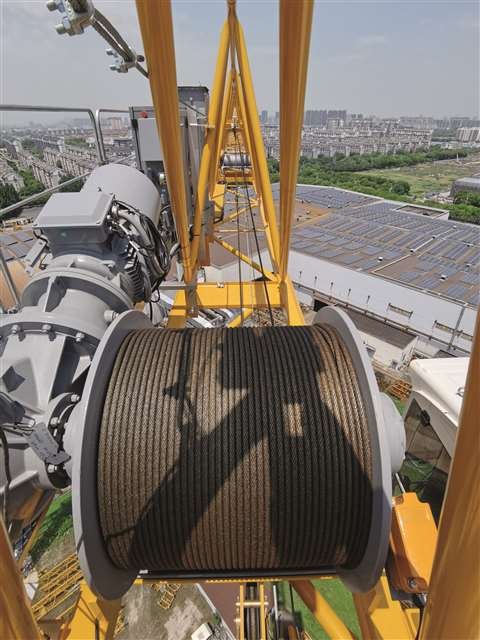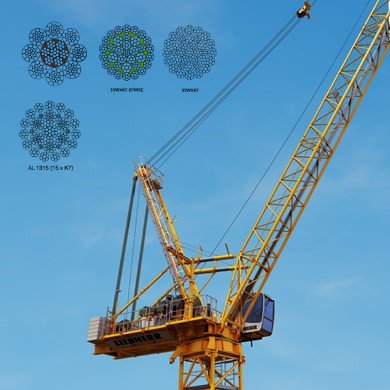
Do you need secure wire rope connections? Are you worried about slippage? Wire rope clips offer a powerful solution. They join or loop wire ropes safely.
Wire rope clips secure rope ends. They form loops or join two rope lengths. This ensures a strong, reliable connection for various applications.
I remember the first time I saw a wire rope. It seemed so simple. But then I learned about all the different ways to use it. Now, I understand how critical proper connections are.
What are the Main Components of a Wire Rope Clip?
Have you ever wondered what makes a wire rope clip so effective? Understanding its parts helps you use it right. Each piece plays a key role in its strength.
A wire rope clip has three main parts. It has a U-bolt, a saddle, and two nuts. These parts work together to create a secure clamp.
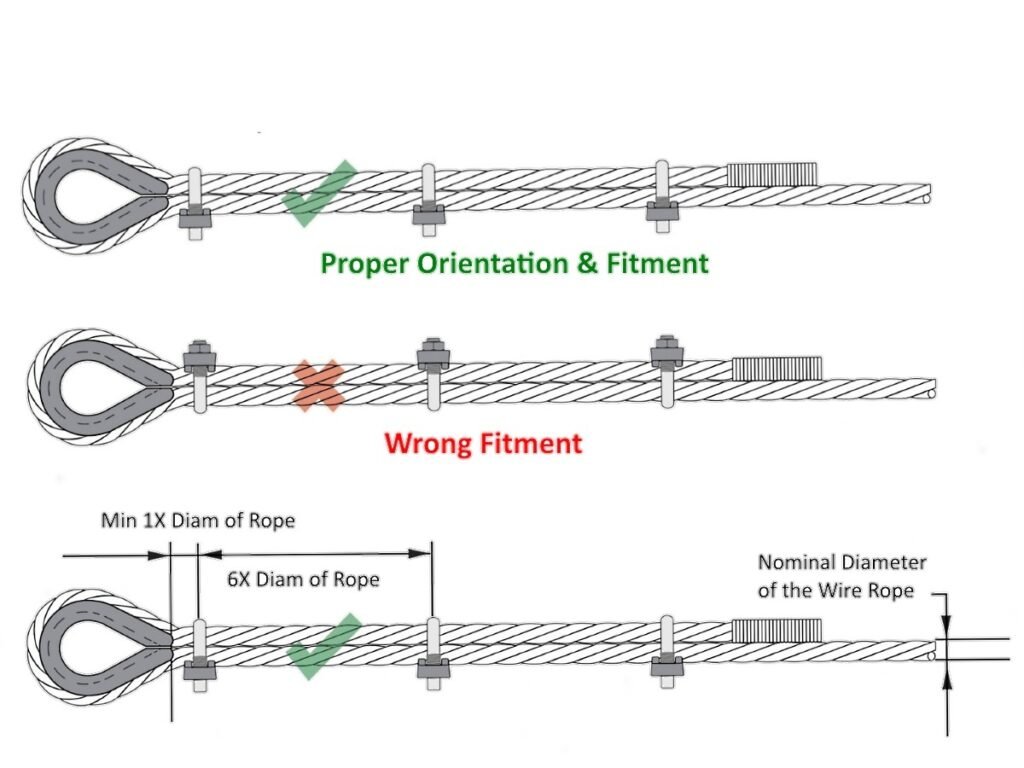
Dive Deeper: Breaking Down the Clip’s Structure
Each component of a wire rope clip is designed for a specific purpose. This creates a secure, lasting hold. Let’s look at each part.
The U-bolt is the curved metal piece. It fits around the dead end of the wire rope. Its shape helps it hug the rope tightly. This is the main body that holds things together.
The saddle is a flat metal piece. It sits on top of the live end of the wire rope. It has two holes. These holes align with the U-bolt’s threaded ends. The saddle distributes the pressure evenly. This protects the rope from damage. It also adds a strong surface for the nuts to press against.
Two nuts thread onto the U-bolt’s ends. They tighten down onto the saddle. As you tighten the nuts, they squeeze the U-bolt and saddle together. This compresses the wire rope. This pressure creates friction. The friction holds the rope firmly in place. Proper tightening is key to a safe connection.
Wire rope clips are made from strong materials. Carbon steel is common. It is durable. Galvanized clips resist rust. Stainless steel clips also offer corrosion resistance. This is important for marine or outdoor use. The material choice affects how long the clip lasts. It also affects how well it performs in different conditions.
How Do You Install Wire Rope Clips Correctly?
Installing wire rope clips needs careful steps. Getting it right ensures safety and strength. Incorrect installation can lead to failure.
To install wire rope clips correctly, follow specific steps. Use the “never saddle a dead horse” rule. This means the saddle goes on the live end. Never put the U-bolt on the live end.
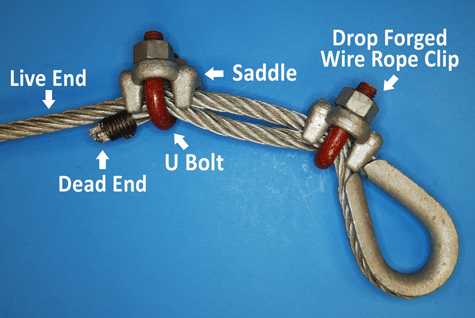
Dive Deeper: Step-by-Step Installation
Proper installation is critical for safety. It makes sure the wire rope connection is strong. Following these steps helps avoid problems.
First, check the wire rope. Make sure it is clean. It should be free of kinks. Measure the loop size. You need enough rope for the thimble if you use one. A thimble protects the eye of the rope. It prevents crushing or abrasion.
Place the first clip. Put it one base width from the dead end of the rope. The U-bolt must be on the dead end. The saddle must be on the live end. This is the “never saddle a dead horse” rule.
Place the second clip as close to the thimble as possible. Again, the U-bolt goes on the dead end. The saddle goes on the live end. Tighten the nuts. Tighten them firmly but do not overtighten.
If you need more clips, place them in between the first two. Space them evenly. The number of clips depends on the rope diameter. It also depends on the application. For example, a crane needs more clips than a small pull. Always follow the manufacturer’s guidelines for spacing.
After installation, apply an initial load. This sets the clips. Then, retighten all the nuts. Rope can stretch. Clips can seat themselves more firmly. Check them periodically. This is crucial for ongoing safety. Always use a torque wrench to ensure proper tightness.
Common Mistakes to Avoid:
- Wrong U-bolt placement: Never put the U-bolt on the live end. This can cause the live end to be squashed. It weakens the rope.
- Overtightening: This can damage the rope strands. It reduces the rope’s strength.
- Undertightening: This allows slippage. It makes the connection unsafe.
- Incorrect spacing: Clips too close or too far apart can lead to failure.
- Using damaged clips: Always inspect clips before use. Discard any any that are bent or cracked.
When Should You Use Wire Rope Clips?
Wire rope clips are useful for many tasks. Knowing when to use them is important. They are good for quick or temporary fixes.
You should use wire rope clips when creating eyes or loops in wire ropes. They are perfect for temporary rigging. They are also good for non-critical lifting operations. They offer a strong, adjustable connection.
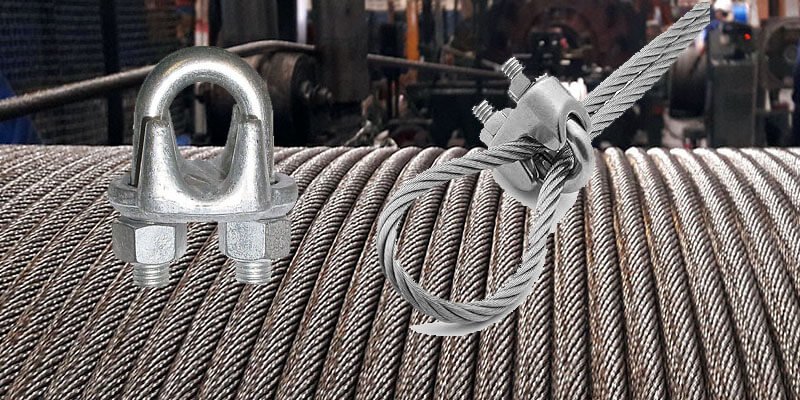
Dive Deeper: Applications and Limitations
Wire rope clips are versatile. But they also have limits. Understanding these helps you choose the right solution.
Wire rope clips shine in many settings. I often see them used for guard rails. They are also common for overhead rigging. Many construction sites use them for non-critical lifts. They are great for systems that need adjustments. For example, if you need to change rope length often.
- Temporary rigging: They are easy to install and remove. This makes them good for short-term setups.
- Non-critical lifting: Use them where failure would not cause major harm.
- Guy wires: They can tension support cables for antennas or poles.
- Fencing: They create loops for gates or border fences.
- Tow ropes: They are suitable for light-duty towing.
There are times when wire rope clips are not the best choice. This is usually for heavy-duty or critical lifting.
- Critical overhead lifting: For cranes, I always recommend swaged fittings. These are permanent and stronger. My company, Aulone, provides high-quality wire ropes. They come with proper fittings for industrial cranes.
- Suspension systems: For bridge cables or similar structures, clips are unsafe.
- Dynamic loads: If the rope is constantly moving or under changing stress.
- Permanent installations requiring high strength: Welded or swaged terminals are better. We ensure our wire ropes meant for such uses comply with EN12385-4.
Permanent fittings are created by specialized processes. For example, swaging uses immense pressure. It deforms metal around the rope. This creates a very strong, unchangeable bond. Welding fuses metal together. Both methods make connections that are much stronger. They also have higher safety factors. This is why strict regulations exist for critical applications. They require these types of fittings.
When my team works on projects, especially overseas, we emphasize safety. We advise clients like Maksim from Russia about the best fitting for their needs. Maksim values strict quality control. He also looks for certifications. For his 1,000 tons of wire rope annually, we would explain the pros and cons of clips versus swaged ends. I tell him that while clips are useful, some jobs demand the ultimate in security.
Conclusion
Wire rope clips are vital tools. They create strong, adjustable rope connections. Always install them correctly for safety.

